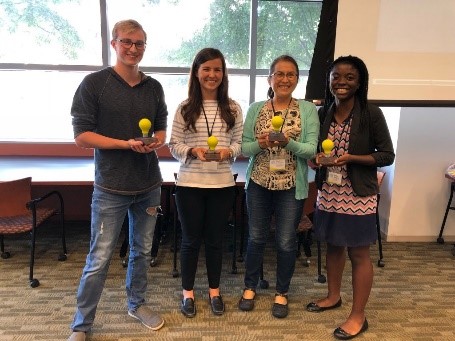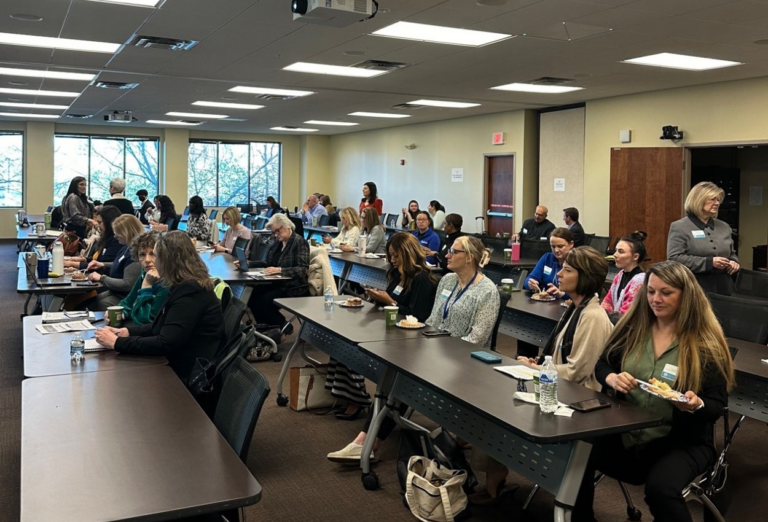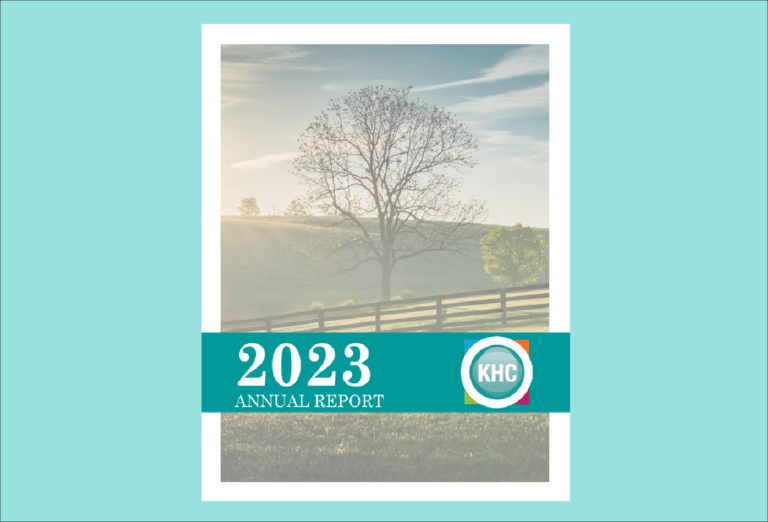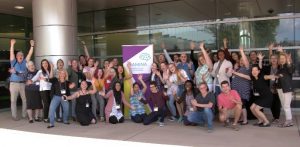 Prior to last Saturday’s StAMINA Youth Mental Health Ideathon, the concept of an “ideathon” was easy enough for me to imagine, much like a danceathon but just a whole day of generating ideas around supporting youth mental wellness. With this in mind, I didn’t expect the StAMINA Ideathon to be as engaging, organized, inspiring, and productive as it turned out to be. Even my teenage son, who does not typically spend his Saturdays hanging out with his mom, was completely engaged in the process, and we both left energized by the possibilities to make a positive impact on youth mental health.
Prior to last Saturday’s StAMINA Youth Mental Health Ideathon, the concept of an “ideathon” was easy enough for me to imagine, much like a danceathon but just a whole day of generating ideas around supporting youth mental wellness. With this in mind, I didn’t expect the StAMINA Ideathon to be as engaging, organized, inspiring, and productive as it turned out to be. Even my teenage son, who does not typically spend his Saturdays hanging out with his mom, was completely engaged in the process, and we both left energized by the possibilities to make a positive impact on youth mental health.
StAMINA (Student Alliance for Mental Health Innovation and Action) discussed the findings of its new research on youth mental health at the KHC’s Community Health Forum on September 11, and the subsequent Ideathon, designed to generate ideas to address the findings of that research, was held on September 15. Amanda Tu, a Junior at Stanford and sister of StAMINA founder Allison Tu, led Ideathon participants through the design thinking process as defined by Standford’s d.school. The process for design thinking is comprised of five steps: empathize, define, ideate, prototype, and test. Since the empathizing and defining had already been completed through the research, the focus of the Ideathon was to “ideate” and begin to “prototype.”
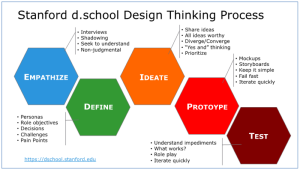
There were about 50 people in attendance that were divided into several small teams of five to seven individuals. Participants included students, parents, grandparents, guidance counselors, mental health advocates, pediatricians, public health officials, and more. The groups were carefully divided into teams representing unique perspectives. Nearly half of the day was spent in our groups discussing solutions to the problems identified in the research, sorting the ideas, selecting the top idea, prototyping the idea, and, finally, pitching the idea to the group.
All seven teams generated detailed ideas and then presented their pitch and skits to all of the participants. The process was fun, and there was a lot of laughter and energy during the skits. The top three ideas selected included a student-led podcast on mental health, an app with mental health resources, and dinner card conversation starters for parents and students. The StAMINA and KHC teams will now analyze which ideas are feasible with current resources to be advanced in our community.
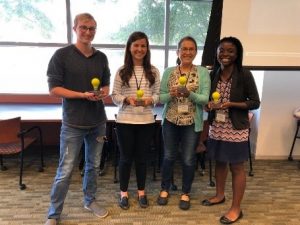
Tamlin Hall filmed the entire StAMINA event, conducted one-on-one interviews, and will be putting together a video of the event. Tamlin is an award winning filmmaker, whose movie “Holden On” tells the true story of his childhood friend, Holden Layfield, who struggled with mental illness as a teenager.
StAMINA’s three-prong approach is now moving from the learn and build phase to action. Allison Tu, founder of StAMINA, often explains to adults that it is the students that are experiencing their own mental health, and it only makes sense that they are the ones to help find the solutions. It’s clear from this work that she is right that a student led approach will realize the best results; it’s already happening.
See StAMINA founder Allison Tu talk about her group and Ideathon on WHAS.
